-

A guide to planning for the long-term social, economic and environmental well-being of the community of Colstrip, Montana. Read more
-
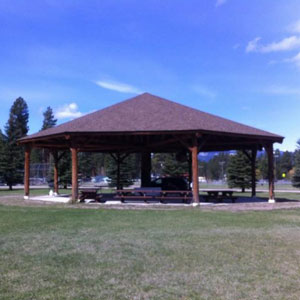
Many rural western towns face economic uncertainty. This report—informed by interviews and public meetings with residents—compares Lincoln to peer communities and outlines rural economic development options building on the town’s strengths. Read more
-
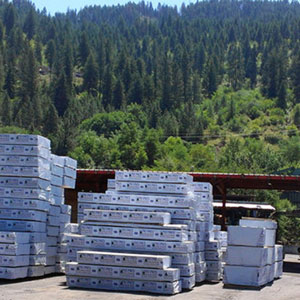
New analysis and interactive map show how the President’s budget proposal cuts county payments and the impact for every county in the nation. Read more
-
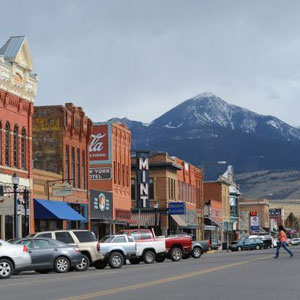
The rural West matters for at least three important reasons: the vitality of the region’s landscape; its impact on local, state, and national politics; and the future of the area’s people and communities. Read more
-
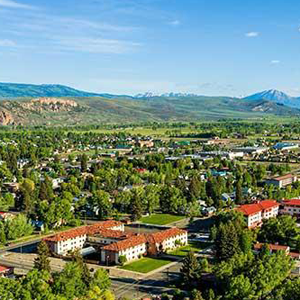
Explore socioeconomic trends in Gunnison County and neighboring Colorado counties. Read more
-

While most western rural counties are aging and losing young families, the loss of school kids in rural western counties with protected lands such as National Monuments was, on average, less than half the rate of loss for similar counties without protected lands. Read more
-
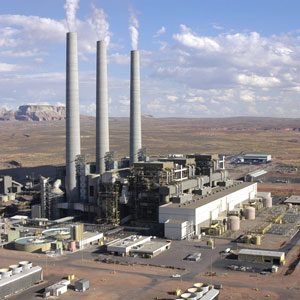
This post compares economic and demographic characteristics of communities where coal-fired power plants have recently retired or are scheduled to retire. Read more
-

Unlike most countries and state governments, the U.S. has not created a natural resources trust which could help meet volatility and spending challenges facing local and county governments. Read more
-
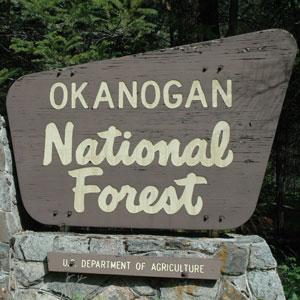
Update: Rural counties in the West with more federal lands performed better on average than their peers with less federal lands in four key economic measures. Read more
-
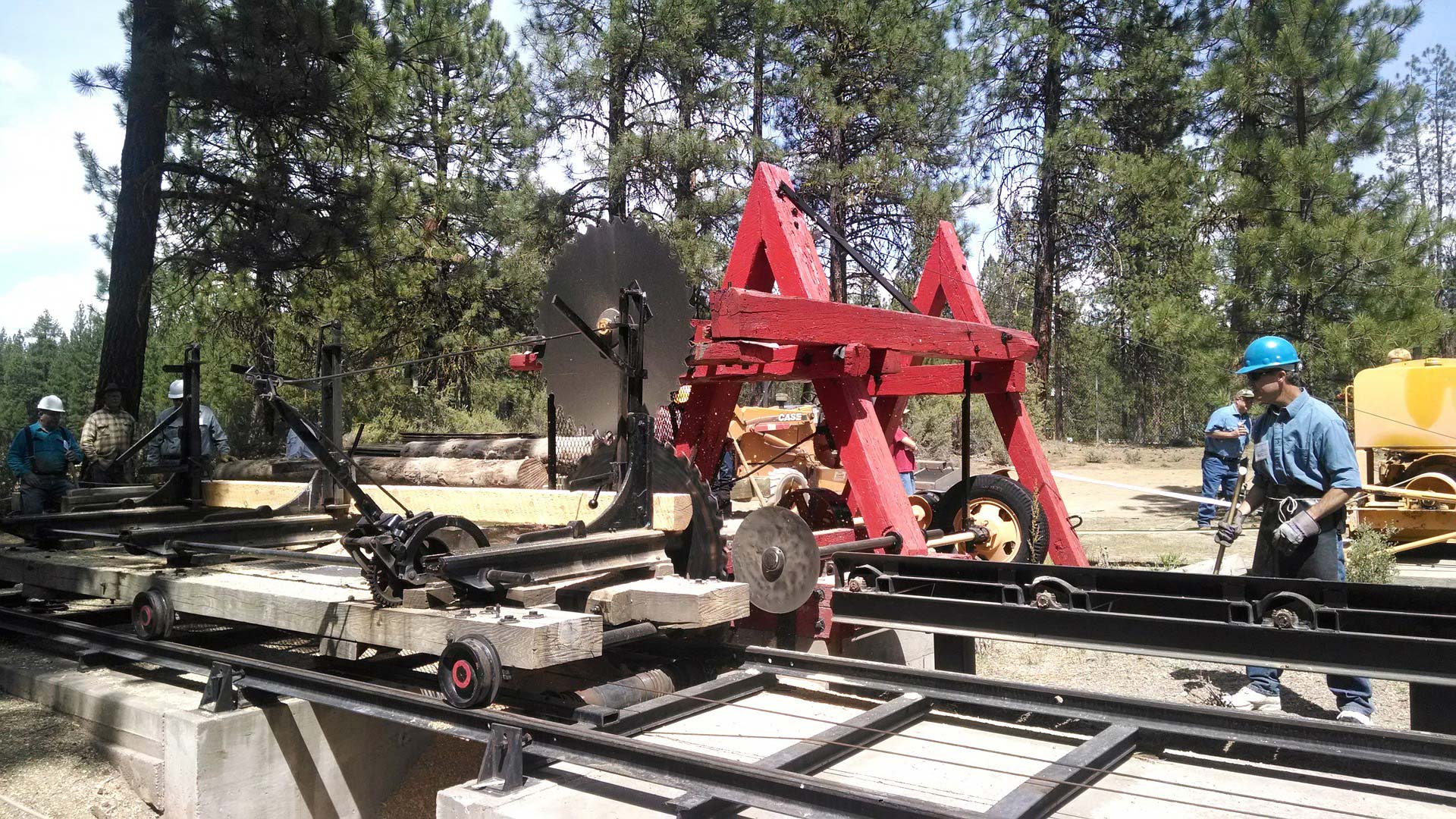
Recent trends in manufacturing and what they mean for the people and communities of the American West, with insights for rural areas in particular. Read more
-

The new Administration’s plans to remove coal regulations should not dampen efforts to shift coal transition planning West to assist displaced workers and diversify coal-dependent communities. Read more
-
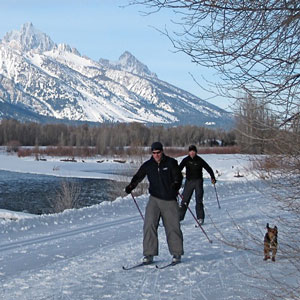
Explore seasonal use—including the amount, type, and timing—for 25 regional trails and pathways. Read more
-
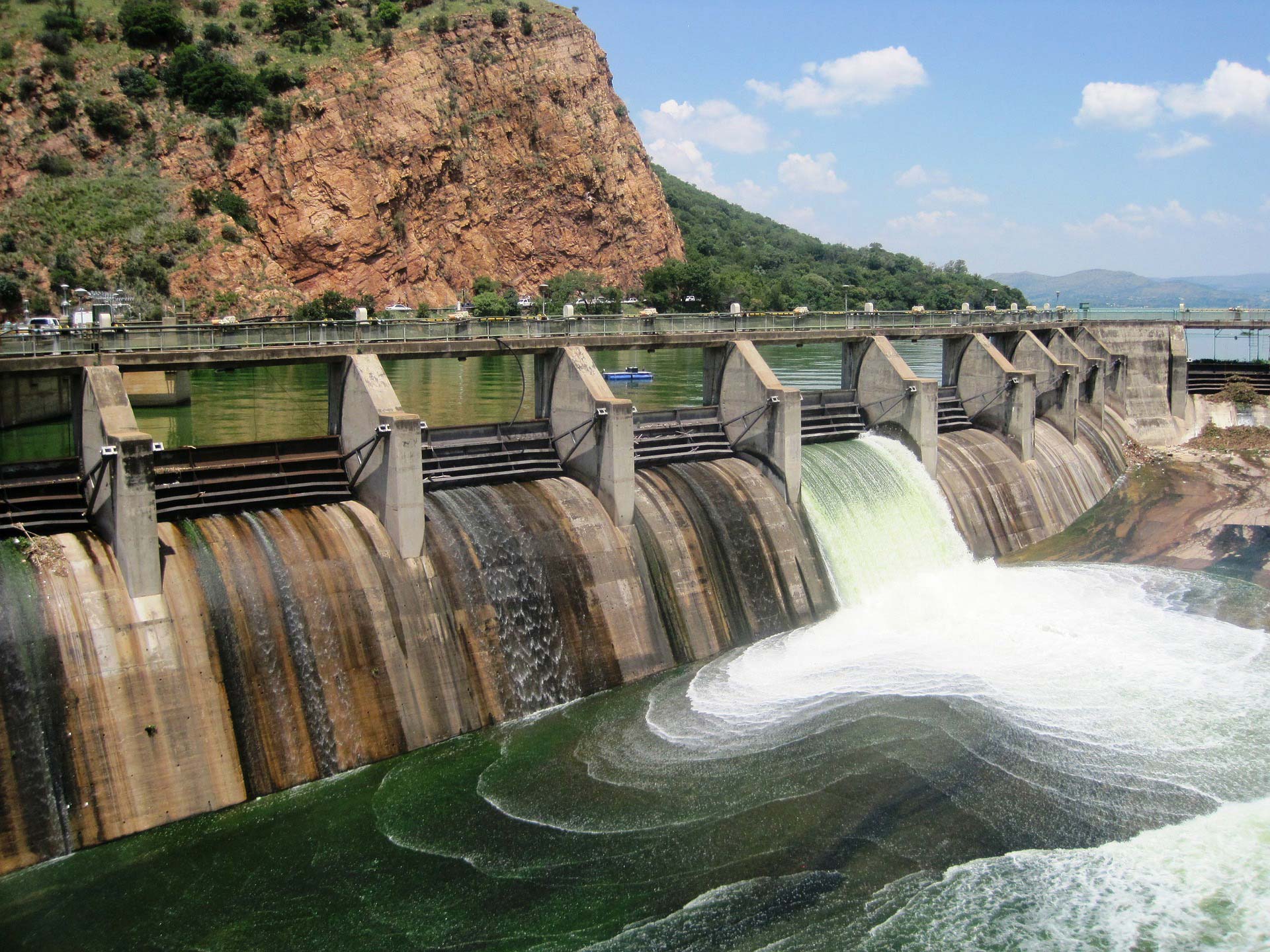
Six dam removal case studies on the fiscal, economic, environmental, and social benefits of dam removal. Read more
-
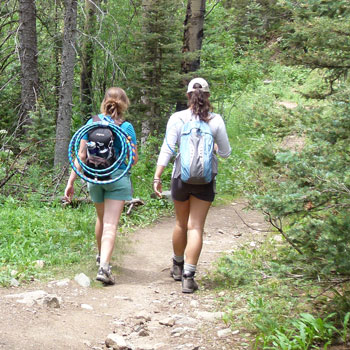
In the Taos, New Mexico area trails are a fundamental part of health and quality of life, but differences in access to trails may limit the benefits for Hispanic and low-income residents. Read more
-
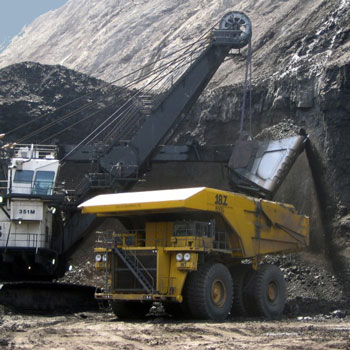
Explore the Socioeconomic Context of the Federal Coal Leasing Program Read more
-
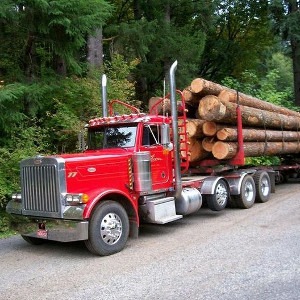
County governments are compensated for the tax-exempt status of federal public lands within their boundaries. These payments often constitute a significant portion of county and school budgets, particularly in rural counties with extensive public land ownership. Read more
-

Trails are good for people, but the health and social benefits of trails are not equally available to everyone. Read more
-

Many people talk about trails and quality of life, but how do we measure and obtain it? Read more
-

This blog draws on federal data and research to describe more about the local economies of the communities dependent on federal coal. Read more
-

Lower overall coal generating capacity—the outcome of coal fired power plant retirements and a demand for coal that rises and falls depending on natural gas prices—will create new volatility for coal jobs and for counties, schools, and states that depend on tax revenues from coal. Read more